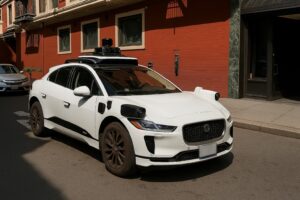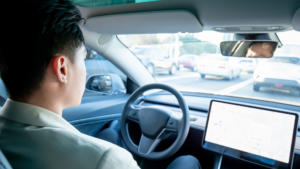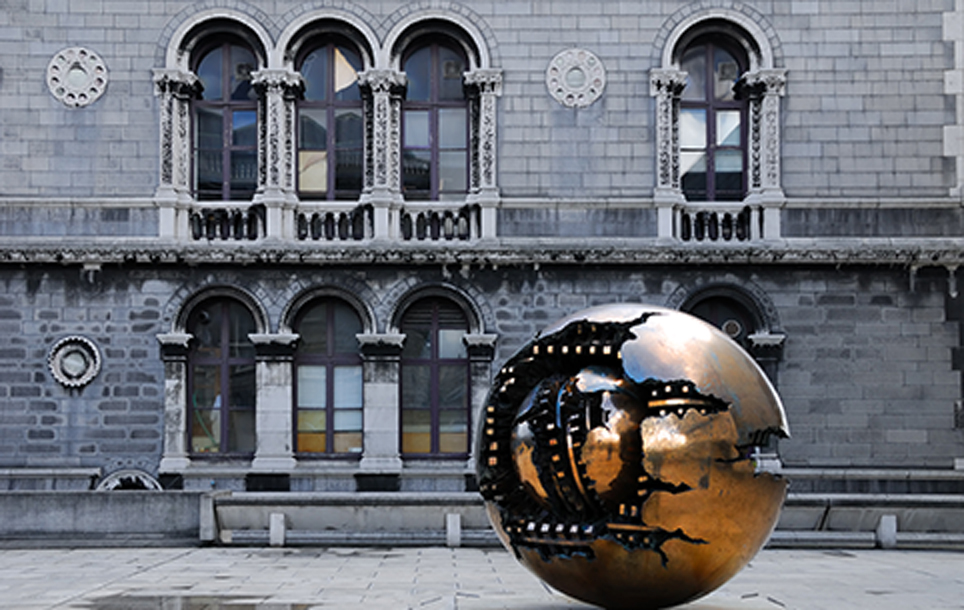Autonomous Driving - Who's In The Driving Seat?
The answer soon might be no-one, certainly if Elon Musk has anything to say about it. The autonomous driving industry is heating up now that Tesla has tentatively entered the fray with a soft launch over the weekend of its much vaunted “ROBO-TAXI”.
Autonomous driving is not new; TESLA already have options in its existing consumer models for “Full self-Driving” or FSD and anyone who has been in the US of late may have had their head turned by Google’s WAYMO division bopping about the streets of San Francisco offering driverless rides.
This is part of a wider tech revolution enabled by edge computing- a “distributed computing” paradigm that brings “compute” and data storage closer to the location where it is needed, rather than relying on a centralised data centre, or in simple English, bringing the decision making capability closer to the use case- this is especially relevant where latency is an issue – and autonomous driving is the ultimate and most complex test case thus far.

Autonomous driving is classified by the Society of Automotive Engineers (SAE) into six levels:
- Level 0: No Automation (no automation)
- Level 1: Driver Assistance (basic cruise control)
- Level 2: Partial Automation (steering and speed control)
- Level 3: Conditional Automation (car handles tasks but driver must take over if needed)
- Level 4: High Automation (driverless in certain conditions)
- Level 5: Full Automation (no driver needed at all)
Most cars on the road today are at Level 2. Some companies, like Waymo, are testing Level 4 systems in controlled settings, while Level 5 remains a future goal, held back by technology, regulatory opacity and safety challenges.
The problems facing this industry are varied but mostly fall into the following buckets:
Insurance and Liability in Crash Situations:
Determining fault in accidents involving autonomous vehicles is complex. Current insurance frameworks are built around human drivers and there’s no clear standard for apportioning liability among manufacturers, software developers or vehicle owners when a self-driving car crashes. This uncertainty discourages adoption, as insurers hesitate to cover risks without established legal precedents and manufacturers face potential massive payouts for system failures.
Technological Limitations in Edge Cases:
Autonomous systems struggle with rare, unpredictable scenarios (erratic pedestrian behaviour, extreme weather). Sensors like LIDAR and cameras can fail in low visibility and AI decision-making lacks human-like intuition for navigating ambiguous situations.
Regulatory Fragmentation:
There is currently no global or even national consensus on autonomous vehicle regulations. Different countries and even different states within the U.S. have varying rules on testing, deployment and safety standards. This opacity slows development, as companies must navigate a maze of compliance requirements, delaying scalable deployment.
Public Trust and Adoption:
Many people distrust autonomous vehicles due to high-profile accidents and a lack of transparency about system limitations. Convincing consumers to relinquish control requires not only flawless performance but also cultural shifts, which could take decades, especially in regions with strong car ownership traditions.
The two most dominant approaches to FSD technology are LiDAR-based (Light detection and Ranging – like how a bat navigates) and camera-based systems. It is handy that the two most visible competitors in this space use different approaches for future evaluation and differentiation but there are some companies adopting a hybrid approach.
- LiDAR-Based Systems preferred by companies like Waymo for their precision and reliability in controlled environments, such as urban robotaxi services. However, high costs and complexity make them less viable for mass-market consumer vehicles.
- Camera-Based Systems: preferred by Tesla, this approach prioritizes affordability and scalability, betting on AI advancements to close gaps in performance. Its reliance on vast datasets and neural networks positions it for long-term dominance if challenges like weather sensitivity are addressed.
However, no one can accuse the likes of Elon Musk and “Big Tech” in general of being afraid of a challenge and autonomous driving currently has two of the biggest tech names out in pole position. Tesla itself has visions of robo-taxi fleets and FSD options for its consumer business while Google owned Waymo is already in Beta testing effectively and operational in certain spots of San Franciso and LA and expanding its coverage in populous urban zones slowly but surely with NYC in its sights next.
Autonomous driving is not just confined to the tech friendly streets of San Francisco however and one of the biggest auto producers in the world BYD has committed to making ADAS (Autonomous Driver assistance systems) features available in all models across its range in the future. These are behemoth companies whose first pursuit is scale – they are not going to let a little thing like bias and perception get in their way.

Autonomous driving has many likeable features for mass transit operators also – UBER has been very busy of late partnering with various providers of autonomous systems, most notably with May Mobility who specialise in safety conscious mass transit options- so don’t be surprised to see UBER busses or shuttles in the future, they already have the tech in place for ride sharing.
Envisioning a TAM for this niche can be as difficult or as easy as you would like to make it – but to make it easy – look at the growth rate of UBER over the years and then adjust it higher, likely much higher.
In a world where autonomous cars could handle pickups, drop-offs and even late-night rides home from the nightclub for your kids, the future of driving could mean you sleep more, stress less and enjoy a safer ride without ever touching the wheel. To answer the much repeated question in the car “are we there yet ?” ….no, but not long now.
Written by Jeff Collins, Head of Retail Trading & Institutional Equity, Cantor Fitzgerald Ireland



 Jeff Collins
Jeff Collins